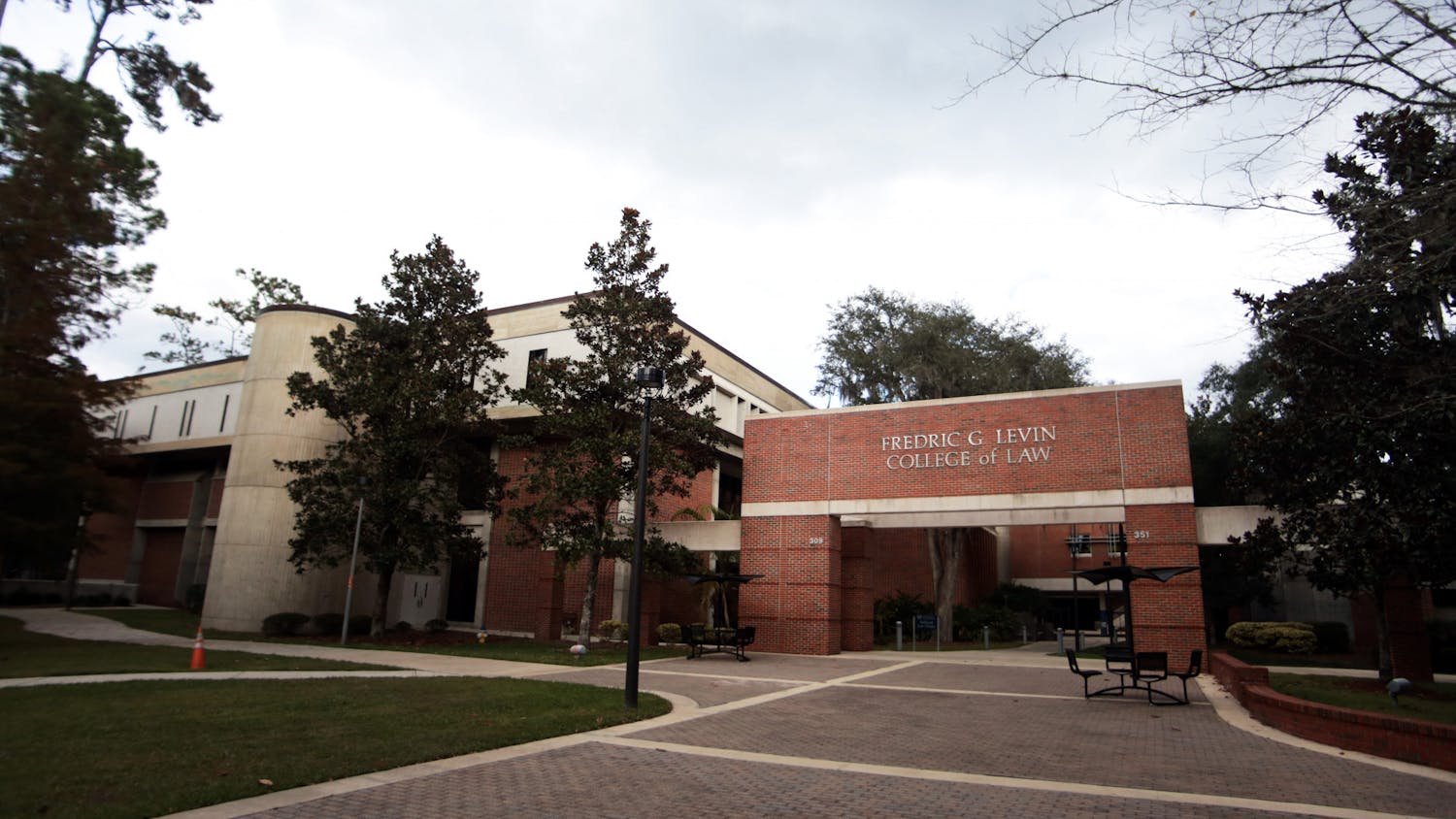Much has been said, and much will be said, about the recent presidential election. It appears that many are still wrestling with the potential consequences of the outcome, and I doubt this wrestling will cease anytime soon. Unfortunately, this was my first presidential election. I have no other experience of how an election normally goes. Yet, this one did not seem to conform to anyone’s — except President Donald Trump’s — idea of how an election ought to go.
The most common observation I have heard tossed about after the election was that America is starkly divided. That is why Trump and Hillary Clinton pandered to opposite demographics that were not separated simply because of their political leanings. Rather, they were mostly separated by class, environment, race, gender, education, occupation, etc. Their political leanings were products of these other factors, not causes. Thus, Clinton excited young millennials, minorities and those with a higher education while Trump focused on older, working-class whites.
This raises the question I wrestled with during the election: Do any Clinton supporters talk with Trump supporters and vice versa?
I have concluded in the negative — it appears these separate Americas remain just that: separate. It is rare for an upper-class white person to connect with a working-class minority meaningfully outside of a college campus.
Over the past week or so, when reflecting on this, I had a thought: What about social media? Facebook and Twitter have developed into serious political spaces, places where dialogue ensues openly. Where does your crazy friend or overly political uncle go with his or her opinions? Social media. Where does everyone feel they can air their thoughts without consequence? Social media. Most Americans glean their news from their Twitter or Facebook feed.
Why, though, when we possess a fantastic medium for connecting with those whom we would otherwise ignore or never see in everyday life, do we seem to be more entrenched and divided than ever before? Why isn’t the tool being used for its purpose of broader connection?
Wall Street Journal did something brilliant during the election. They showed what news outlets, stories and opinion pieces appeared in a liberal and conservative Facebook feed. For liberals, Mic and Vox were the dominant sources. Conservatives relied on Conservative Daily and Fox News. What was the point of this? They effectively showed that our daily media consumption, far from providing us the truth of current events, has become a means of confirming our own biases. In other words, liberals and conservatives read news outlets that mesh with their political leanings. If Obama says something controversial, a conservative reads about his failures at being a successful president while a liberal reads the opposite.
Thus, the news conforms to the political leaning and confirms it. The media has become a tool for reassurance, or a means of convincing oneself again and again that your side is right, and the other side is way off track. A serious consequence of this widespread practice is the further separation of America into fractured pockets of people. How can we come together as one union when each side is utterly convinced the other is fundamentally wrong?
I wonder what would happen if we all started reading the news from at least one source that is ideologically opposed to our worldview. Would that at least open some minds to the complexity of politics and culture? It’s an imperfect suggestion, but maybe it would be a provocative first step toward a more perfect union.
Scott Stinson is a UF English sophomore. His column appears on Wednesdays.





